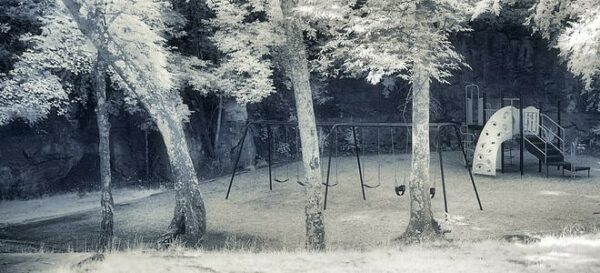Genevieve von Petzinger, a paleoanthropologist and rock art scholar, set out in 2007 to explore geometric markings found in caves and other locations dating back as far as 40,000 years during the Stone Age.
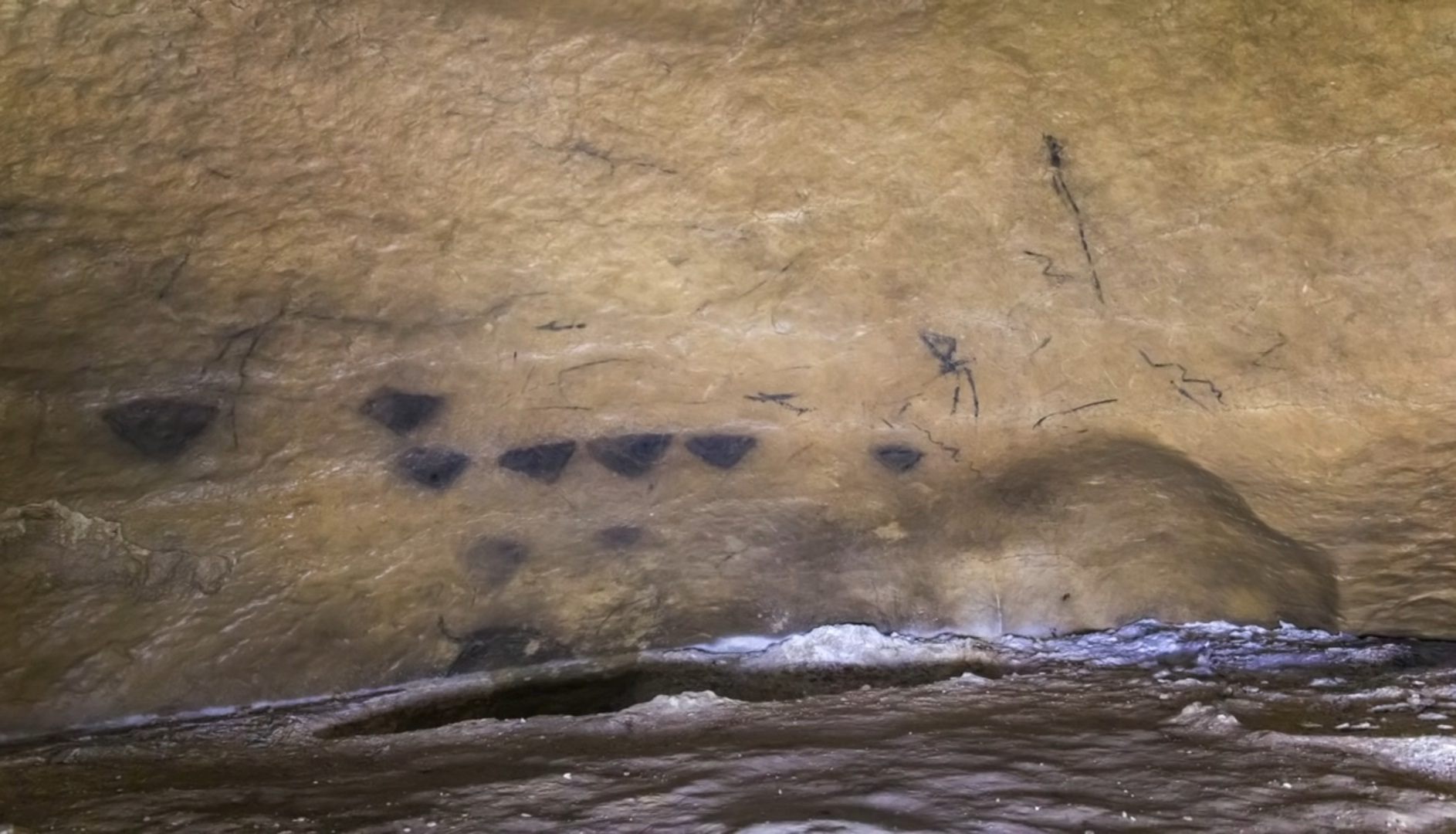
While most people are aware of animal petroglyphs, less is known about the symbols that exist alongside them, despite the fact that there are significantly more of them.
Von Petzinger was able to document a collection of symbols that exist in locations all around the world after traveling across the world. Her results point to a shared early communication mechanism that predates the earliest recorded languages of Ancient Sumer by thousands of years.
“The funny thing is that at most sites the geometric signs far outnumber the animal and human images,” said Genevieve von Petzinger. “But when I started on this back in 2007, there wasn’t even a definitive list of how many different shapes there was; nor was there a strong sense of whether the same ones appeared across space or time.”
The paleoanthropologist set out to compile a database of all the known geometric signs at rock art sites in Ice Age Europe. She found that there was vague information on some of the locations and that some hadn’t been studied in half a century or more. She and her husband, Dillon, decided to target the lesser-studied sites across France, Spain, Portugal, and Sciliy. They found a treasure trove of new geometric signs. “We found new undocumented geometric signs at 75 percent of the sites we visited,” she explained.
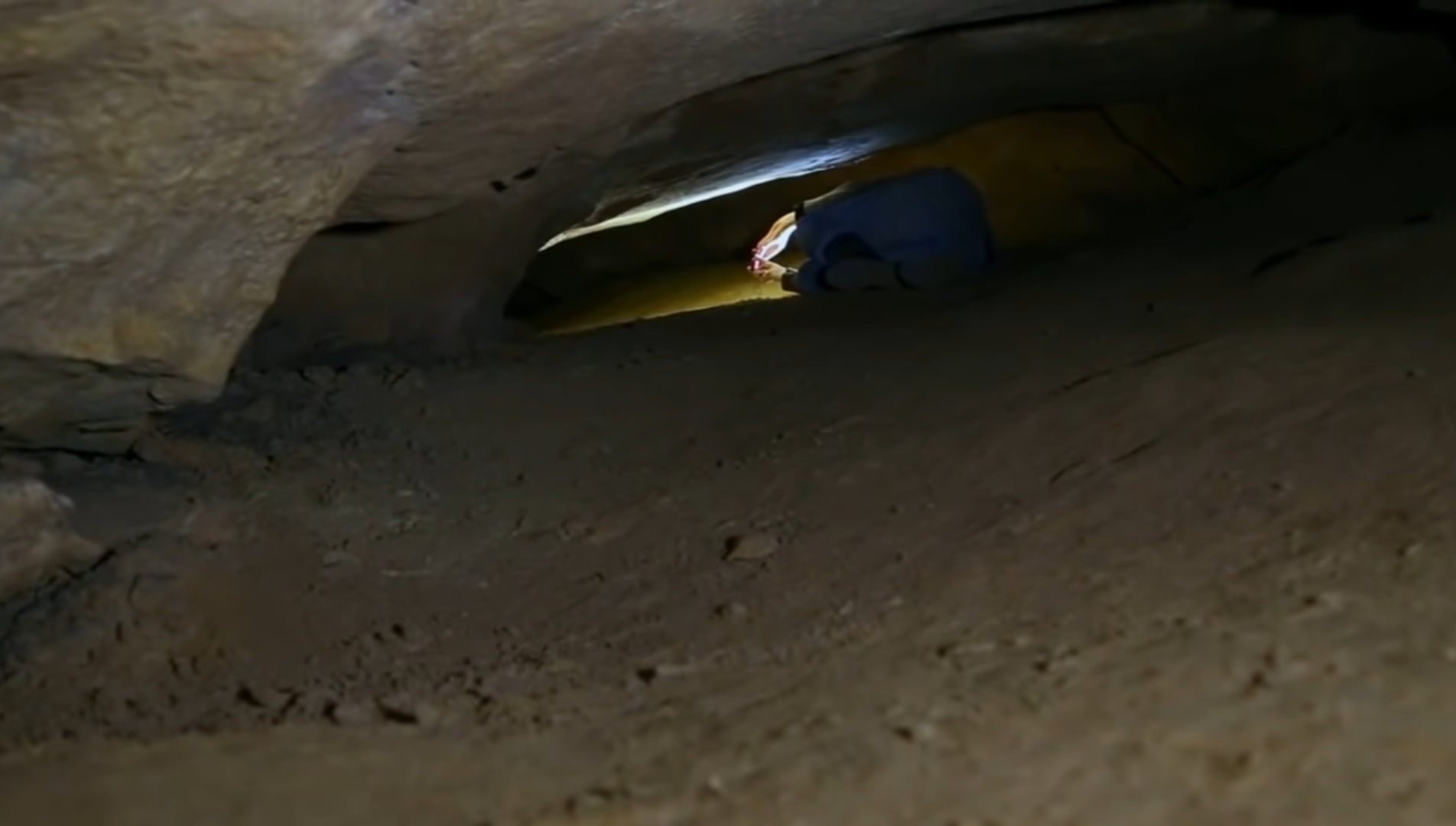
The couple ventured deep into cave systems and found symbols on walls a mile into the earth in some cases. Later, she traveled to other sites, including in North America. Armed with a growing database of symbols, the researchers started to see some stunning similarities.
“Barring a handful out outliers, there are only 32 geometric signs. Only 32 signs across 30,000 years and the entire continent of Europe. That is a very small number,” she explained. “Now if these were random doodles or decorations, we would expect to see a lot more variation, but instead what we find are the same signs repeating across both space and time.”
The researchers found that 65 percent of the signs stayed in use over the course of thousands of years. Some signs appeared to be locally used without wide distribution, while some were used across the world, all the way to Indonesia and Australia. They seem to have agreed-upon culturally-recognized meanings.
“It’s starting to seem increasingly likely that this invention actually traces back to a common point of origin in Africa,” said Von Petzinger.
The geometric shapes aren’t like a written representation of a spoken language but are stylized abstract representations of things people saw in the world around them.
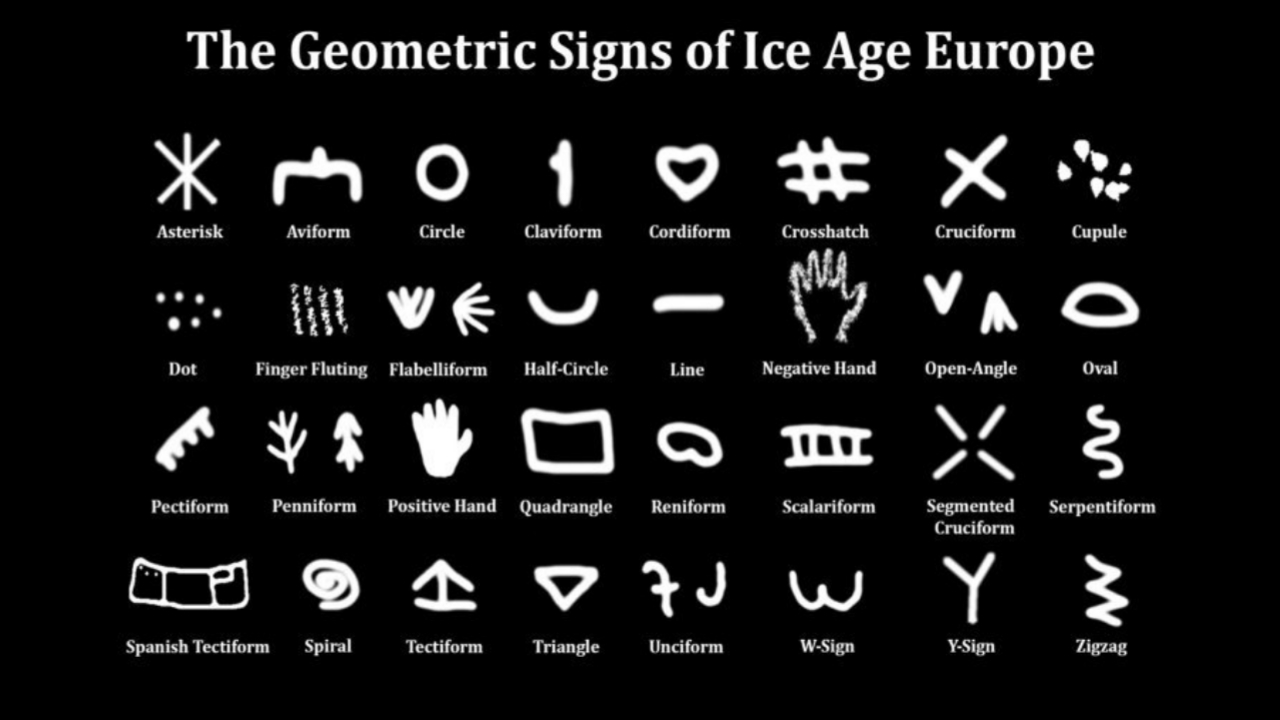
“If we’re talking about geometric shapes, with specific culturally-recognized, agreed-upon meanings, then we could very well be looking at one of the oldest systems of graphic communication in the world,” said Von Petzinger.
These early representations may be the first inspirations for what later developed into abstracted written language. She thinks of them as similar to emojis today.? ?☺️ ? ?
“If you think about it, these [geometric signs] are like the great, great, great grandparents of emojis; simple little characters with huge amounts of information embedded into them,” she said. “But you need to be part of the culture group to be able to decipher it. You have to know the code.”
Now that the researchers have discovered the common symbols, they are attempting to decipher what they imply. Objects such as a 16,000-year-old necklace discovered at a French burial site might be used as a decoder. In this scenario, the necklace is adorned with 45 distinct symbols. You can find out more in the book “The First Signs: Unlocking the Mysteries of the World’s Oldest Symbols,” by Genevieve von Petzinger.
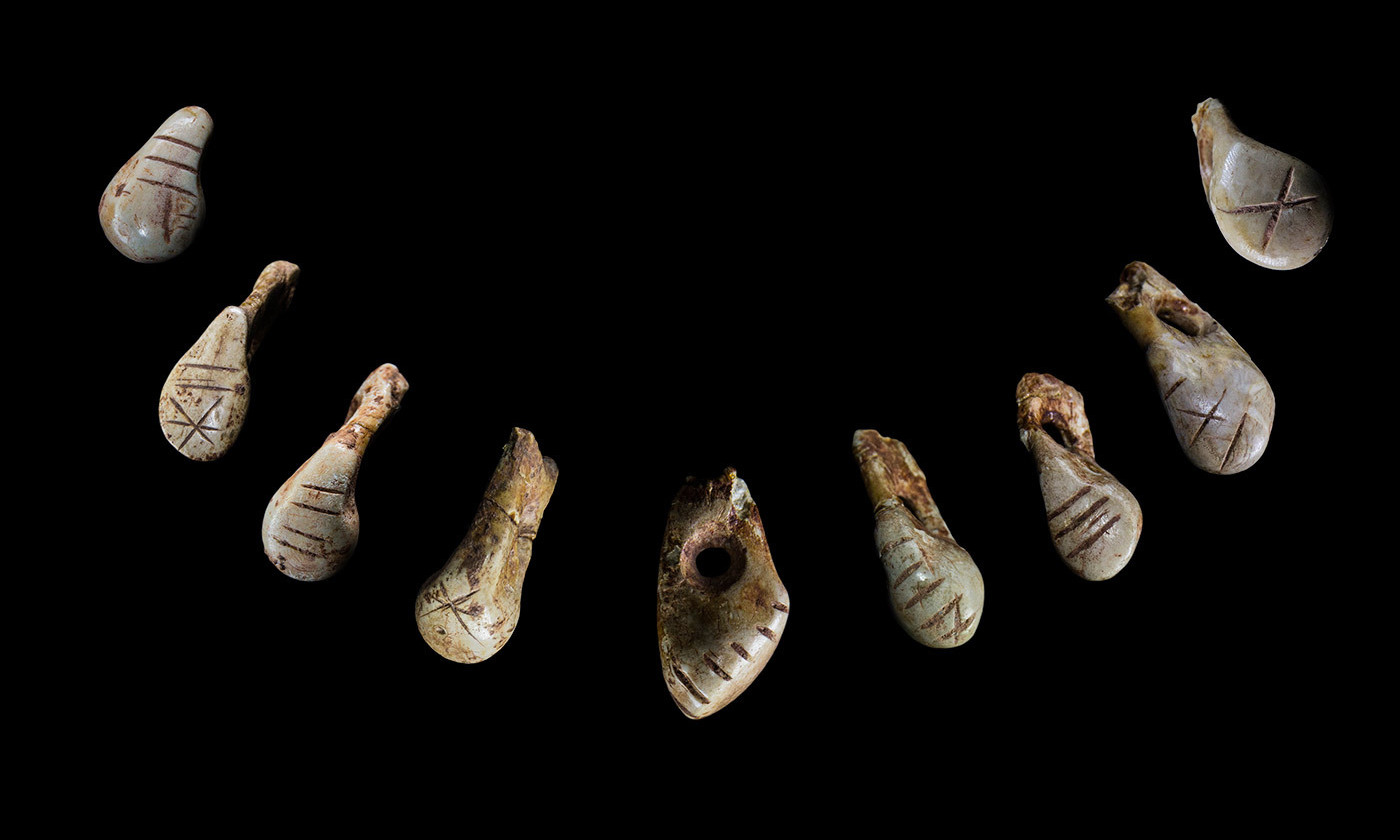
It’s intriguing to learn that ancient geometric patterns have been found all across the world going back 40,000 years, however other scientists believe that symbolic signs were produced by early people as long as 500,000 years ago.

